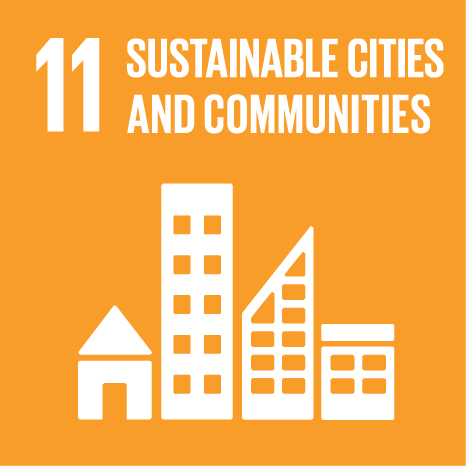Ciência_Iscte
Publications
Publication Detailed Description
Journal Title
Applied Network Science
Year (definitive publication)
2021
Language
English
Country
United Kingdom
More Information
Web of Science®
Scopus
Google Scholar
This publication is not indexed in Overton
Abstract
Space Syntax and the theory of natural movement demonstrated that spatial mor- phology is a primary factor influencing movement. This paper investigates to what extent spatial morphology at different scales (node, community and global network) influences the use of public space by micromobility. An axial map and corresponding network for Lisbon’s walkable and open public space, and data from e-scooters parking locations, is used as case study. Relevant metrics and their correlations (intelligibility, accessibility, permeability and local dimension) for the quantitative characterization
of spatial morphology properties are described and computed for Lisbon’s axial map. Communities are identified based on the network topological structure in order to investigate how these properties are affected at different scales in the case study. The resulting axial line clustering is compared via the variation of information metric with the clustering obtained from e-scooters’ proximity. The results obtained enable to con- clude that the space syntax properties are scale dependent in Lisbon’s pedestrian net- work. On the other hand both the correlation between these properties, the number of scooters and the variation of information between clusters indicate that the spatial morphology is not the only factor influencing micromobility. Through the compara- tive analysis between the main properties of the public space network of Lisbon and data collected from e-scooters locations in a timeframe, centrality becomes a dynamic concept, relying not only on the static topological properties of the urban network, but also on other quantitative and qualitative factors, since the flows’ operating on the network will operate several transformations on the spatial network properties through time, uncovering spatiotemporal dynamics.
Acknowledgements
--
Keywords
Space syntax,Micromobility,Urban network analysis,Community detection,Variation of information
Fields of Science and Technology Classification
- Computer and Information Sciences - Natural Sciences
Funding Records
| Funding Reference | Funding Entity |
|---|---|
| UIDB/04466/2020 | Fundação para a Ciência e a Tecnologia |
| UIDB/50008/2020 | Fundação para a Ciência e a Tecnologia |
| UI/BD/150800/2020 | Fundação para a Ciência e a Tecnologia |
Contributions to the Sustainable Development Goals of the United Nations
With the objective to increase the research activity directed towards the achievement of the United Nations 2030 Sustainable Development Goals, the possibility of associating scientific publications with the Sustainable Development Goals is now available in Ciência_Iscte. These are the Sustainable Development Goals identified by the author(s) for this publication. For more detailed information on the Sustainable Development Goals, click here.

 Português
Português


